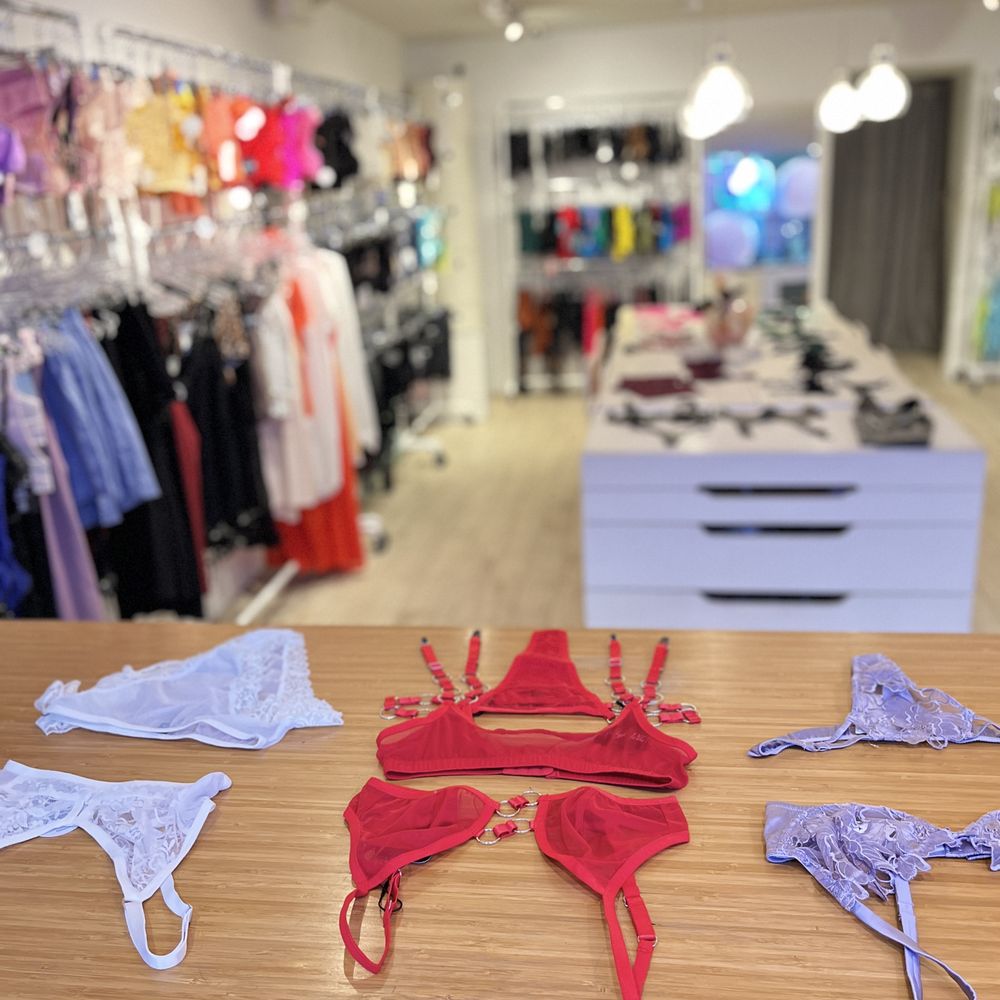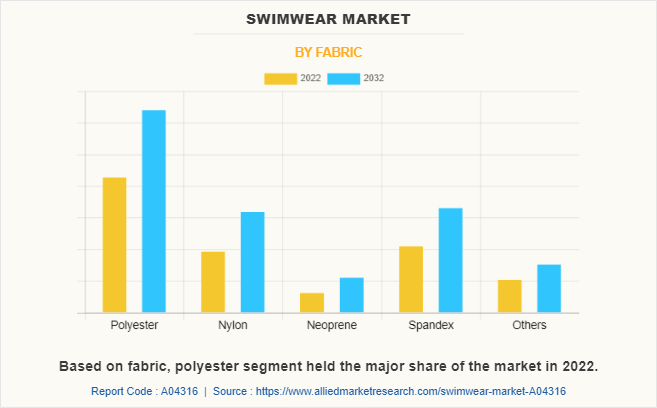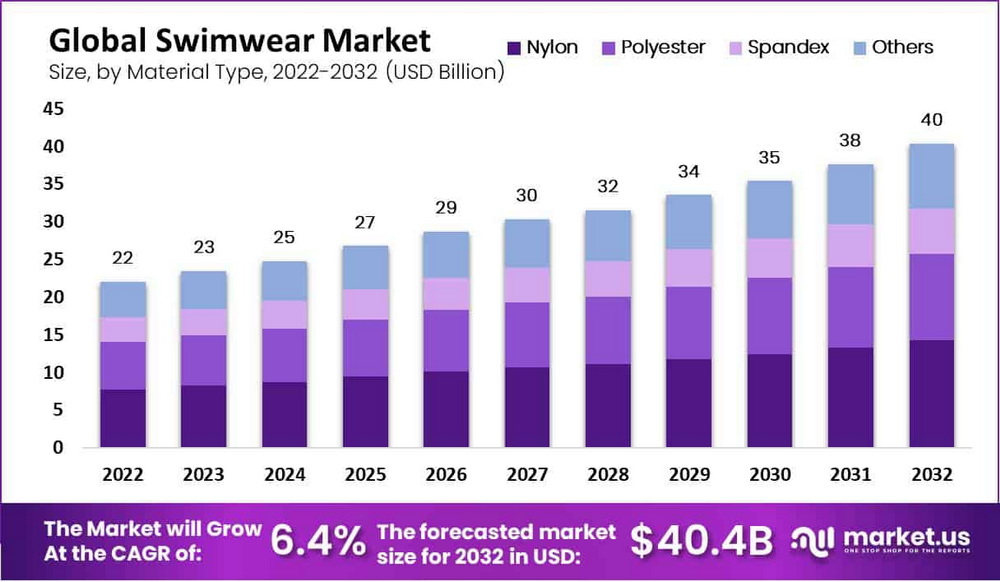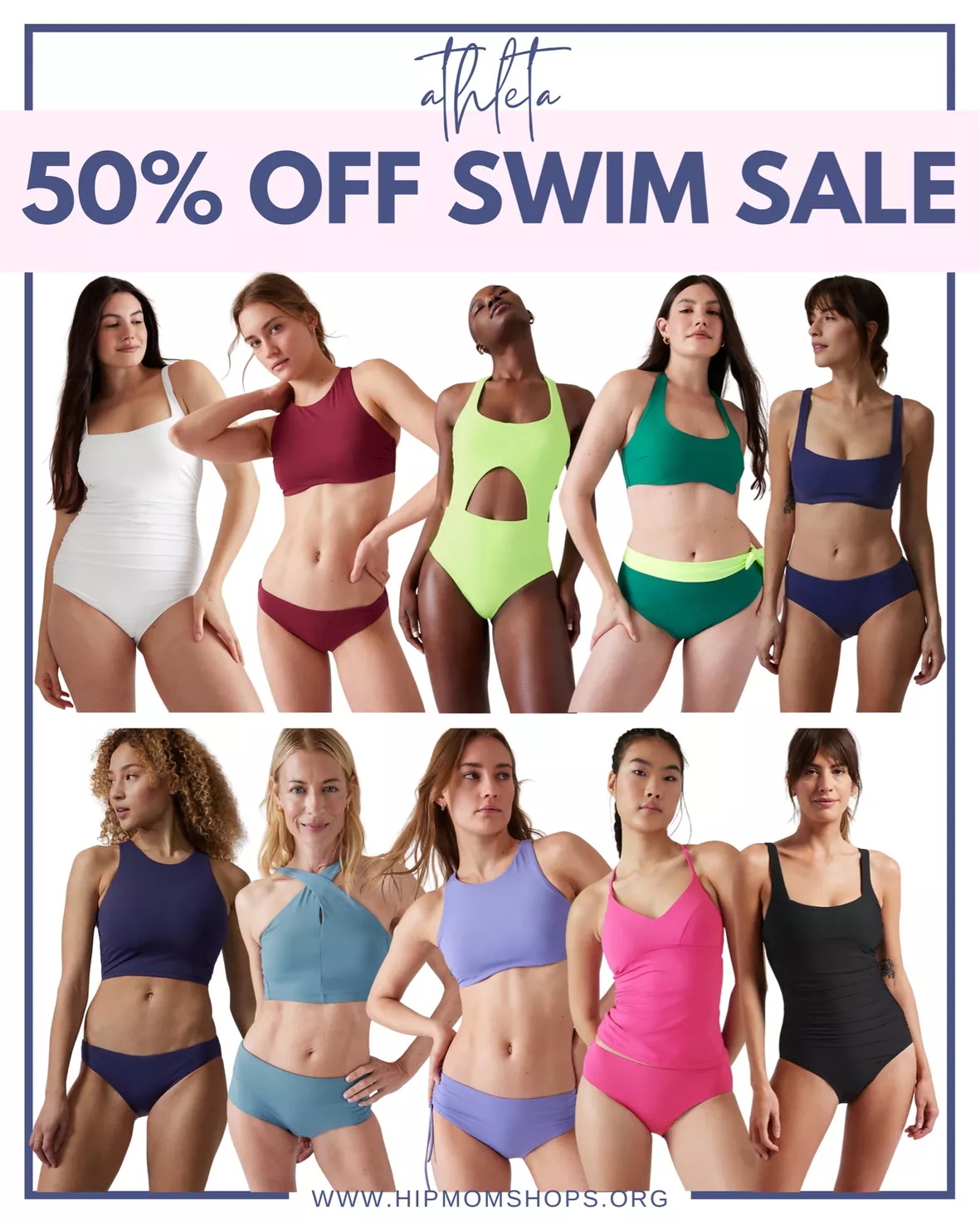Content Menu
● Introduction
● Understanding Market Surplus
>> Visual Representation
● Effects of Surplus on Pricing
>> Example Scenario
● Long-Term Implications of Surplus
>> Video Insight
● Strategies for Managing Surplus
>> Case Study: Sustainable Swimwear Brands
● The Role of E-commerce in Swimwear Sales
>> E-commerce Strategies
● Seasonal Demand Fluctuations
>> Seasonal Promotions
● Consumer Behavior Insights
>> Research Findings
● Conclusion
● Frequently Asked Questions (FAQs)
>> 1. What causes a surplus in the swimwear market?
>> 2. How does a surplus affect pricing?
>> 3. What are the long-term implications of sustained surpluses?
>> 4. What strategies can brands use to manage surplus?
>> 5. How do sustainable practices impact the swimwear market?
● Citations:
Introduction
The swimwear market is a dynamic sector influenced by various factors including seasonal demand, fashion trends, and consumer preferences. Understanding the implications of a surplus in this market is crucial for manufacturers, retailers, and consumers alike. This article explores the causes and effects of a surplus in the swimwear market, supported by relevant data and insights.

Understanding Market Surplus
A market surplus occurs when the quantity of a product supplied exceeds the quantity demanded at a given price. In the context of swimwear, this can happen due to several reasons:
- Overproduction: Manufacturers may produce more swimwear than consumers are willing to buy, often influenced by optimistic sales forecasts.
- Seasonal Trends: Swimwear demand is highly seasonal, peaking during warmer months. If production does not align with these seasonal trends, a surplus can occur.
- Changing Consumer Preferences: Shifts in fashion trends or consumer behavior can lead to excess inventory if products do not meet current demands.
Visual Representation


Effects of Surplus on Pricing
When a surplus arises in the swimwear market, it typically leads to a decrease in prices. Retailers may lower prices to clear excess inventory, which can have several implications:
- Price Reduction: Retailers may engage in discounting strategies to attract price-sensitive consumers. This can lead to lower profit margins for businesses.
- Consumer Behavior: Lower prices may encourage consumers to purchase more swimwear than they initially intended, potentially leading to increased overall sales volume despite lower margins.
Example Scenario
Consider a situation where a retailer has overstocked on a specific style of swimsuit due to an unexpected decline in consumer interest. To move this inventory, they might offer discounts of 30% or more, drawing in bargain hunters and stimulating sales.
Long-Term Implications of Surplus
While short-term price reductions can benefit consumers, prolonged surpluses can have negative long-term effects on the swimwear market:
- Brand Perception: Frequent discounting can devalue a brand's image, leading consumers to perceive it as less desirable or lower quality.
- Inventory Management Challenges: Companies may face challenges in managing inventory levels effectively if surpluses become a recurring issue.
- Market Saturation: An oversaturated market can make it difficult for new entrants to gain traction and for established brands to maintain their market share.
Video Insight
Strategies for Managing Surplus
To mitigate the effects of surplus, swimwear brands and retailers can adopt several strategies:
- Improved Demand Forecasting: Utilizing data analytics and market research can help companies better predict consumer demand and adjust production accordingly.
- Diversification of Product Lines: Offering a wider range of styles and sizes can attract different consumer segments and reduce the risk of surplus.
- Sustainable Practices: Implementing sustainable production practices not only appeals to environmentally conscious consumers but also helps manage resources more efficiently.
Case Study: Sustainable Swimwear Brands
Brands like *Patagonia* and *Reformation* have successfully integrated sustainability into their business models. By using recycled materials and promoting eco-friendly practices, they attract consumers while managing inventory effectively.
The Role of E-commerce in Swimwear Sales
The rise of e-commerce has significantly impacted the swimwear market. Online shopping offers consumers access to a wider variety of products than traditional brick-and-mortar stores. However, it also presents challenges related to inventory management:
- Increased Competition: With many brands competing online, it's easier for consumers to compare prices and styles. This competition can lead to price wars that exacerbate surplus situations.
- Returns Management: The convenience of online shopping often results in higher return rates. Swimwear is particularly susceptible to returns due to sizing issues or style mismatches. Retailers must manage these returns efficiently to avoid further surplus.
E-commerce Strategies
To combat these challenges, swimwear brands should consider:
- Virtual Fitting Rooms: Implementing technology that allows customers to virtually try on swimsuits can reduce return rates and improve customer satisfaction.
- Targeted Marketing Campaigns: Using data analytics to create personalized marketing campaigns can help brands reach their target audience more effectively, reducing the likelihood of overproduction.

Seasonal Demand Fluctuations
Swimwear sales are heavily influenced by seasonal changes. Understanding these fluctuations is essential for effective inventory management:
- Peak Seasons: Typically, demand peaks during spring and summer months when consumers are preparing for vacations or beach outings. Brands must ramp up production ahead of these seasons.
- Off-Peak Seasons: Conversely, demand drops significantly during fall and winter months. Brands must strategize how to manage inventory during these slower periods without resorting to drastic discounting measures.
Seasonal Promotions
To mitigate off-season surpluses, brands often employ promotional strategies such as:
- End-of-Season Sales: Offering discounts at the end of summer can help clear out remaining stock before new collections arrive.
- Holiday Promotions: Targeting holidays with themed marketing campaigns (e.g., summer holidays) can stimulate demand even during off-peak times.
Consumer Behavior Insights
Understanding consumer behavior is vital for predicting trends and managing surplus effectively:
- Fashion Trends: Swimwear styles change frequently based on fashion trends influenced by social media, celebrity endorsements, and cultural shifts. Brands must stay ahead of these trends to avoid producing unwanted styles.
- Sustainability Concerns: Modern consumers are increasingly concerned about sustainability. Brands that do not align their practices with consumer values risk facing backlash and reduced sales.
Research Findings
Studies indicate that brands perceived as environmentally friendly tend to perform better in terms of sales. For instance:
- A survey found that 66% of global consumers are willing to pay more for sustainable brands.
- Brands that actively promote their sustainability efforts report higher customer loyalty rates compared to those that do not.

Conclusion
The occurrence of a surplus in the swimwear market presents both challenges and opportunities. While it may lead to short-term price reductions that benefit consumers, it also poses risks for brands regarding perception and profitability. By adopting proactive strategies such as improved forecasting and sustainability initiatives, companies can navigate these challenges effectively.
Frequently Asked Questions (FAQs)
1. What causes a surplus in the swimwear market?
- A surplus can be caused by overproduction, seasonal demand fluctuations, or changes in consumer preferences.
2. How does a surplus affect pricing?
- A surplus typically leads to lower prices as retailers attempt to clear excess inventory.
3. What are the long-term implications of sustained surpluses?
- Long-term surpluses can harm brand perception, create inventory management challenges, and lead to market saturation.
4. What strategies can brands use to manage surplus?
- Brands can improve demand forecasting, diversify product lines, and adopt sustainable practices to mitigate surpluses.
5. How do sustainable practices impact the swimwear market?
- Sustainable practices appeal to environmentally conscious consumers and help brands manage resources effectively while reducing waste.
Citations:
[1] https://www.techsciresearch.com/report/swimwear-market/22476.html
[2] https://scholarworks.uark.edu/cgi/viewcontent.cgi?article=1021&context=ampduht
[3] https://quizlet.com/275347271/micro-ch-4-flash-cards/
[4] https://www.youtube.com/watch?v=cufgxt3wdUQ
[5] https://www.youtube.com/watch?v=g7xOJhoB_Cc
[6] https://www.freepik.com/free-photos-vectors/swimwear
[7] https://www.elle.com/fashion/trend-reports/a61078327/swimwear-industry-sustainability/
[8] https://www.gauthmath.com/solution/1804611184013381/When-a-surplus-arises-in-the-market-for-swimwear-_-the-price-of-swimwear-will-in
[9] https://www.youtube.com/watch?v=3UiWQhl8ce0






































